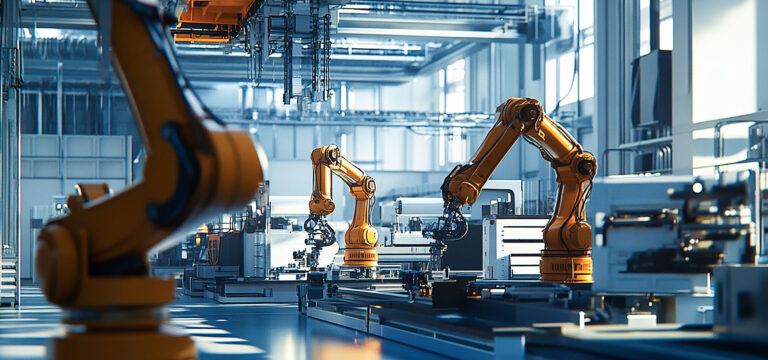In the industrial equipment industry, the initial sale is just the beginning. Machines are built to last decades — often operating under extreme conditions, across globally distributed footprints. For original equipment manufacturers (OEMs), this long lifecycle presents a major opportunity: after-sales service.
Spare parts, predictive maintenance, retrofits, and equipment upgrades can account for 40–50% of total revenue — and in some cases, up to 70% of EBIT. But unlocking this potential remains a challenge. Many service operations still depend on siloed systems, outdated documentation, and undocumented tribal knowledge.
The result? Slow response times, incorrect spare part deliveries, inconsistent repair quality, and missed opportunities for service-driven innovation.
To fully realize the value of installed equipment, manufacturers must shift from reactive maintenance to data-driven, proactive service management. And the key to this transformation already exists: their own engineering data.
Unlocking Smarter Field Service with Engineering Data
The Engineering Bill of Materials (EBOM) provides a trustworthy baseline of product design. When this data is extended into after-sales operations, it becomes the backbone of faster, more accurate service interactions.
Introducing the Installed-Base Virtual Twin
This is not just a design model — it’s a dynamic digital replica of each machine in the field. The installed-base virtual twin reflects:
- Real-time configurations
- Repair history
- Operational data
It connects with ERP systems, field service management software, and technical documents, delivering a single source of truth for your entire service team.
With this real-time intelligence, manufacturers can:
- Track field service interventions and parts replacements
- Improve collaboration between engineering and service teams
- Shift to proactive service planning with predictive insights
Why the Service Bill of Materials (SBOM) Matters
While the EBOM includes every component in a product’s design, the Service BOM (SBOM) is purpose-built for maintenance and field repair.
The SBOM includes:
- Only installed and serviceable components
- Tools, consumables, and safety requirements
- Mean time to repair (MTTR) data
- Interactive 3D visual work instructions
Because it’s linked directly to the 3D virtual model, any upstream engineering change is automatically reflected in:
- Spare parts catalogs
- Service manuals
- Maintenance plans
That means no more manual updates or risking outdated documentation.
Key Business Benefits of the Installed-Base Virtual Twin
The installed-base virtual twin does more than visualize assets — it transforms the entire service experience. Here’s how:
✔️ Improve Spare Parts Accuracy
Field technicians can visually identify and order the correct part the first time, reducing costly shipment errors and inventory waste.
✔️ Launch Scalable Retrofit Campaigns
When an issue is detected in one machine, the virtual twin flags all machines with the same configuration — enabling rapid, global upgrades.
✔️ Standardize and Scale Field Service
Digital work instructions with animations and exploded 3D views help new technicians execute even complex tasks confidently.
Turning Service Data into Engineering Insights
Every repair, replacement, or service request becomes a valuable data point. With built-in AI and analytics, the system can:
- Cluster similar issues
- Predict future failures
- Suggest proven repair strategies
Meanwhile, engineering and product teams gain critical insights into:
- Frequently failing parts
- Time-consuming service procedures
- Retrofit designs that improve performance
This closed-loop feedback accelerates continuous product improvement and boosts customer satisfaction.
From Installed Asset to After-Sales Profit Center
When you connect engineering, manufacturing, field service, and support with a virtual twin, you create an integrated lifecycle strategy that delivers:
- Increased equipment uptime
- Faster response to field service issues
- Accurate, always-updated documentation
- Real-time decision-making based on actual asset performance
And the best part? This transformation doesn’t require replacing your existing systems. The virtual twin complements and enhances what’s already in place.
Want to See the Installed-Base Virtual Twin in Action?
👉 Watch our on-demand webinar to learn how leading industrial equipment manufacturers are using virtual twin technology to transform their after-sales service into a scalable, profitable growth engine.
🔍 Want to explore further? Discover how data-driven after-sales services are reshaping the industrial equipment industry.

